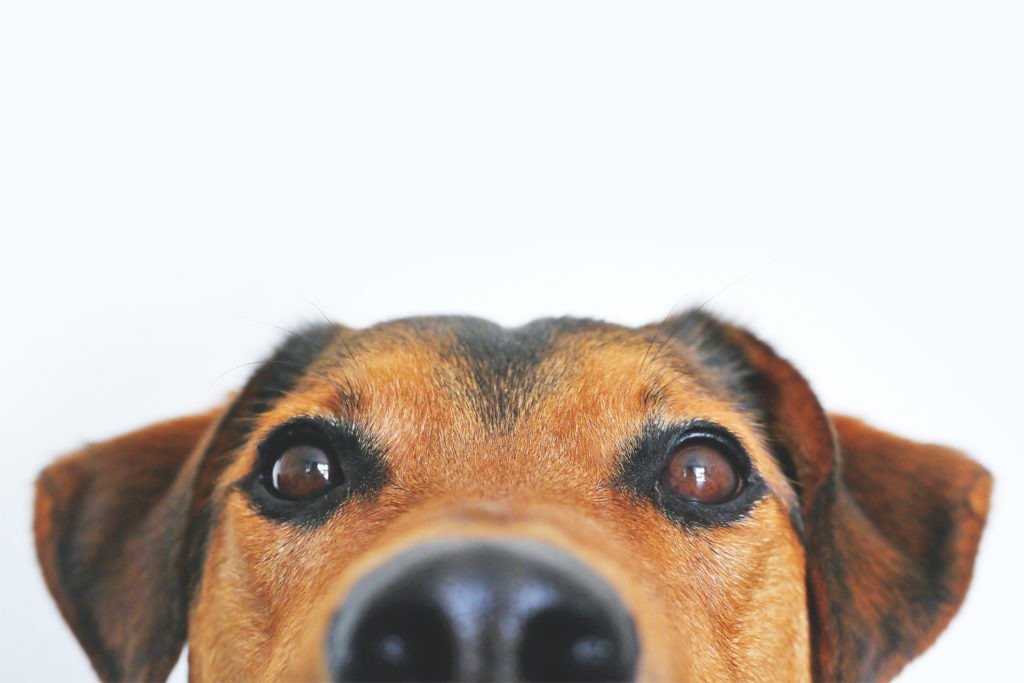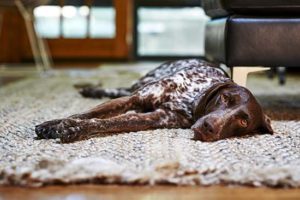

Canine Arthritis.
Canine arthritis. Managing a flare up.
Dogs with arthritis can have good days and bad days, much like their human counterparts, and with any chronic condition there may be days where your dog experiences a flare up (sudden re-appearance of their symptoms) and these need to be managed to keep your dog as comfortable as possible.
What does a flare up look like?
As our dogs can’t communicate to us with words and can hide signs of pain and discomfort, it is important that we can recognise when they may be experiencing a flare of symptoms.
Signs to look for include:
- A change in behaviour; are they more irritable than normal or quieter in general? This can indicate increased joint discomfort.
- Swelling in affected joints; if a joint appears swollen or feels hot to the touch. This will often be associated with pain and they may react when you touch the area. Joint infection can also cause similar signs so if you notice this, you should always contact your vet.
- Increased limping; dogs with OA will often exhibit a degree of altered mobility but always keep an eye out for changes or worsening of symptoms.
- Decreased activity; if your previously enthusiastic dog declines a walk, this should be a major indication that something is bothering them.

What can I do?
The first thing to do if you notice any of these signs, or anything that concerns you with your dog, is to contact your vet. They will be able to advise you and examine your dog if necessary and will prescribe appropriate medication as required.
Ensure they have a comfortable and accessible place to rest. Bedding should be supportive; all dogs appreciate a comfortable bed, but it is a must have for those with arthritis. Check how springy it is by placing your hand on it and pressing down as this will mimic your dog lying on it and gives a good idea of how it responds to weight bearing.
If your dog is experiencing a flare up, rest them for a few days until it settles down. This may mean just pottering around the garden so your dog can choose their level of activity. When you do start reintroducing exercise, build this back up to their normal levels gradually to ensure they are able to cope with this.
In summary, flare ups are not an uncommon occurrence with a chronic condition of any kind though we do want to minimise them as much as possible. This includes paying attention to exercise levels, not over-exerting your dog and ensuring they receive their prescribed medication at the correct dose and the correct times. When flare ups do occur, the tips mentioned in this article can help, but remember that your vet should remain your first port of call for advice.
If you have concerns about your golden oldie please do not hesitate to contact our friendly team form more help and advice on your pet. Are you new to West London, looking for a vet to help you care for your pet? Register with our team today > Register your pet – Welcome to Young Veterinary Partnership – youngvets < and visit a vet who is passionate about your pet.
Blog written by Jayne Clark MRCVS and provided from dogdialog on behalf of Zoetis.

